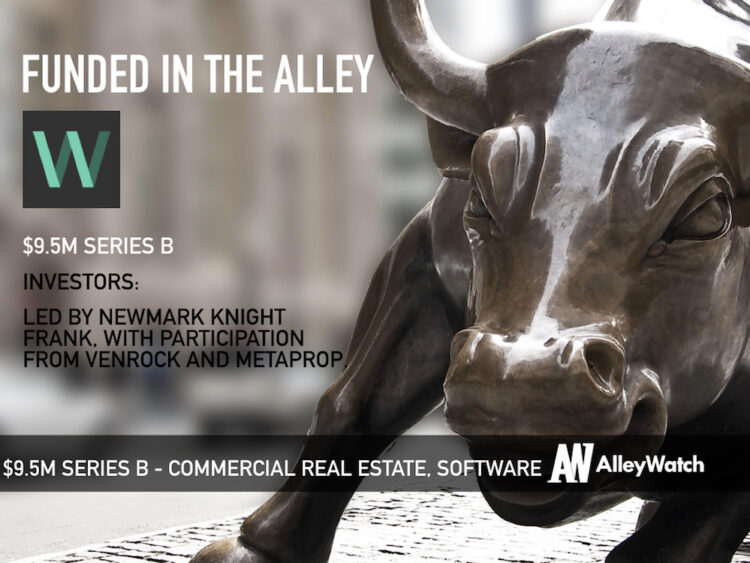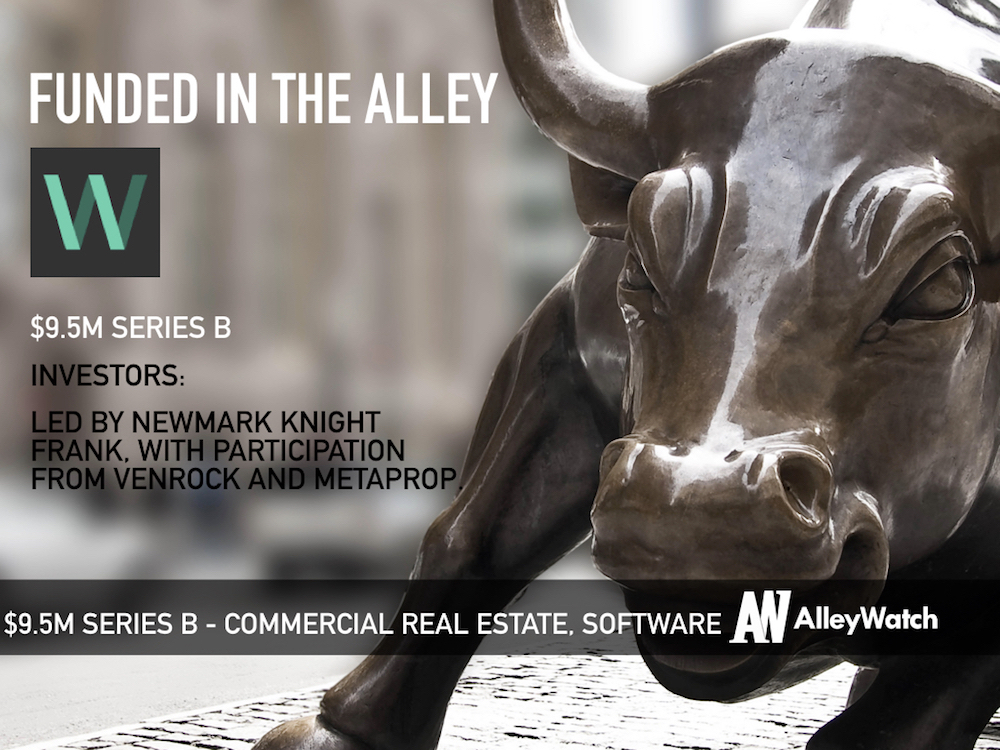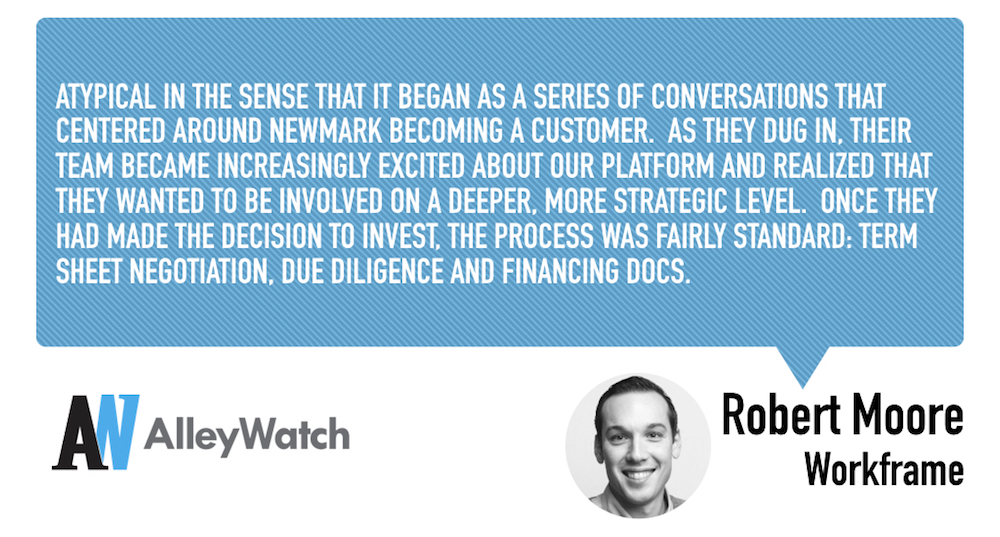Commercial real estate is a global industry that is worth more than a trillion dollars. Communication between people and tracking of projects are key drivers of profitability in an industry that operates on this scale. When communication breaks down, it results in serious issues that can cost millions. This is why Workframe was created. It’s a workflow optimization solution that provides a holistic purview into a real estate company’s workflows allowing them to improve decision making and eliminate bottlenecks wherever they may be to keep things moving smoothly; alloing company’s to save time and money.
AlleyWatch spoke with CEO and cofounder Robert Moore to discuss the company’s latest round of funding, which brings the total funding raised to $17.1M over three rounds for the startup founded in 2016.
Who were your investors and how much did you raise?
We raised $9.5M in Series B funding and the round was led by Newmark Knight Frank, with participation from Venrock (an existing Workframe investor) and MetaProp.
Tell us about the service that Workframe provides.
Workframe is the only workflow optimization solution purpose-built for the commercial real estate (CRE) industry. Our intuitive, web-based software application helps large corporate tenants, landlords, brokers and service providers gain unprecedented visibility into their workflow and presents them with actionable data that can be leveraged to drive efficiency and cost savings.
 What inspired you to start Workframe?
What inspired you to start Workframe?
I started the company with Andy Parsons (our CTO) and Matthew Smith (our CPO). We’re all veterans of the NYC technology scene who grew frustrated with the process of building out and operating the office spaces of our previous companies. When we dug into the problem, we realized that there really wasn’t an existing solution that can adequately handle the complexity of the CRE project lifecycle and more importantly that there is a massive market for such a solution.
How is Workframe different?
We differ from “generic” SaaS workflow and project management solutions (think Asana, Wrike, Trello, etc.) in that we are purpose-built to address the unique needs of the commercial real estate industry. Within the world of commercial real estate software, we differ in two important ways: (i) we are the only true workflow solution in the space and (ii) we offer a lightweight, cost-effective, web-based application (rather than a clunky, locally installed desktop app).
What market you are targeting and how big is it?
Workframe is squarely focused on the commercial real estate industry, a massive $3 trillion global market. Within CRE, we are primarily focused on selling our solution to large corporate tenants who manage multiple real estate initiatives simultaneously. We also see applications of our product for other major segments within CRE – notably landlords, brokers and service providers (architects, designers, project managers, etc.).
What’s your business model?
SaaS – we charge a recurring monthly fee based on the number of locations or projects that our customers manage on the Workframe platform.
Would you tell us about the decision to raise capital through a strategic versus a traditional venture investor?
We were looking for a partner with deep knowledge of our industry and the ability to help us turbocharge our sales and marketing efforts. As one of the largest commercial real estate firms in the world, Newmark Knight Frank is uniquely positioned get our product in front of the largest corporate tenants and landlords in the world.
What was the funding process like?
Atypical in the sense that it began as a series of conversations that centered around Newmark becoming a customer. As they dug in, their team became increasingly excited about our platform and realized that they wanted to be involved on a deeper, more strategic level. Once they had made the decision to invest, the process was fairly standard: term sheet negotiation, due diligence and financing docs.
What are the biggest challenges that you faced while raising capital?
Our process was relatively seamless, though fundraising always poses a significant distraction for a CEO. Once the process really gets going, it’s difficult to devote as much time as I’d like to important internal strategic and operational initiatives. With the dust now fully settled on the financing, I’m looking forward to diving back into those things head first.
What factors about your business led your investors to write the check?
Newmark is a significant player in the industry we serve, and our product resonated with them deeply. They have first-hand experience with the problems we’re solving and the scope of the opportunity, so their decision was based far more on our product and its ability to impact the industry than on financial metrics (LTV, gross margin, etc.) that might be more important to a traditional financial investor.
What are the milestones you plan to achieve in the next six months? Our near-term goals center around growth and product development. Specifically, we’re seeking to rapidly expand our customer roster and ensure our product is ready for significant scale.
What advice can you offer companies in New York that do not have a fresh injection of capital in the bank?
Plan ahead. Identify where you want to be as a business when you start talking to investors about raising a round. Think carefully about the proof points you want to have under your belt and give yourself adequate time to realize them before you need the cash. I always maintain an active dialogue with prospective investors even if I don’t need capital – I find this really helps me anticipate and get ahead of the issues that will matter most when it’s time for diligence.
Where is your favorite bar in the city for an after work drink?
Spring Lounge. It’s a total dive, but its right around the corner from our office and they have great cans of craft beer.





